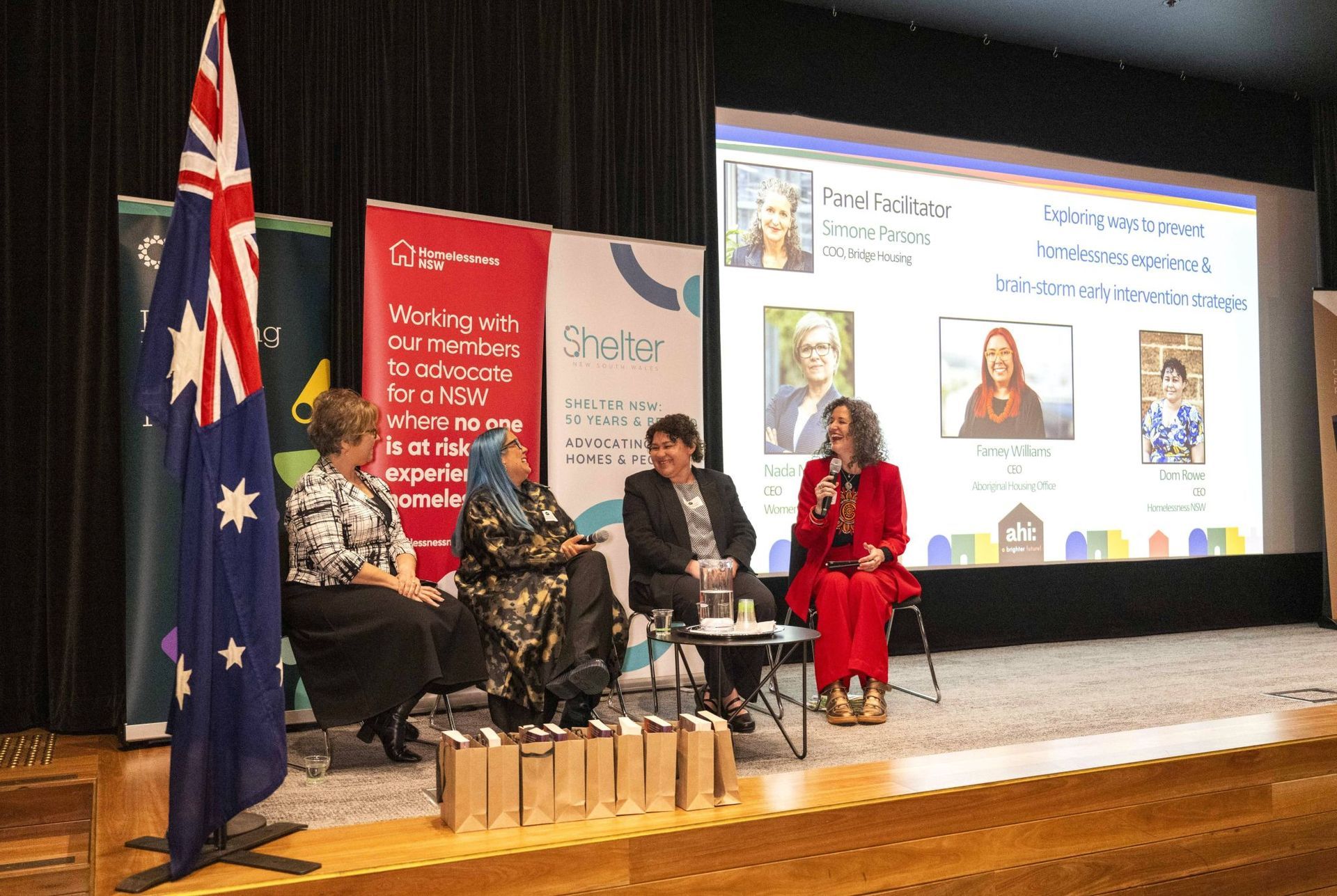A research project led by Professor Louise Crabtree-Hayes at Western Sydney University’s Institute for Culture and Society recently launched a report on the national study of affordable rental housing co-operatives, The Value of Housing Co-operatives in Australia. HousingWORKS looks at the findings.
With a team spanning Western Sydney University, Griffith University, Swinburne University of Technology and the University of Newcastle, this first-of-its-kind research examines housing co-operatives as an innovative form of housing, uniquely defined by the active participation of their members in the governance, operations and other activities of their co-operative.
The research shows the benefits of such co-operatives, which may provide affordable and stable housing choices across Australia amid a growing housing and rental crisis.
The project worked with five affordable rental housing co-operative (ARHC) providers and peak bodies, and co-operative tenant-members across four states, to purpose build and deploy its methodology. Project partners represented over 80% of the ARHC sector, with the project highlighting the voices of over 300 tenant-members.
Findings reveal that costs associated with housing co-operatives are generally on par with other forms of community housing. When greater co-operative participation in tenancy and property activities is factored in, immense benefits are created by and for tenant-members. These include not only core housing outcomes – such as affordability, stability, safety and quality homes – but also skills development, education and employment outcomes, as well as a sense of community and empowerment through having a voice, agency and control over their housing.
Watch a short video that summarises the key findings:
Video Transcription
The Articulating Value in Housing Cooperatives Project has studied Australia's affordable rental housing cooperatives. We've mapped the sector to see what the benefits are to co-op members and the community, and we've analysed what goes into producing those benefits, including how much of this work is done by the tenant members themselves.
Nearly 300 tenant members from across New South Wales, South Australia, Victoria and Western Australia took part in the project. This makes it the largest and only national study of the affordable rental housing co-op sector in Australia.
We found that affordable rental housing cooperatives are everywhere, not only in cities, but in regional centres and townships, and they provide a range of housing types, from apartments to clustered homes, to homes spread out over one or two geographical areas.
Some have shared spaces like meeting rooms, workshops, laundries and even art galleries, while others cater for specific population groups. No two co-ops are the same. They are all unique and shaped by the wants and needs of their tenant members.
Cooperatives and tenant members from all of these types of co-ops took part in the research, sharing their experiences living in the sector. The research found that there are many inputs and activities that go into creating a housing co-op. The sector is shaped through the policies and practices and the time and financial resources of government and community housing providers. It's made directly through the work of the tenant members themselves, and there are also some other additional factors that can shape the benefits created.
Co-operativism is a central driver of benefits. Co-operativism consists of an active desire to join a co-op and participation in training and onboarding, a commitment to the seven cooperative principles and participation.
There are seven kinds of activities that keep co-ops going. They can be completed by tenant members, by the community housing provider or a mix of both. Activities include tenancy-related activities like managing rental agreements and collecting rents, and finance activities like maintaining the co-op's budget and generating accounts and records.
Generally, while the cost of providing housing co-ops is on par with other forms of community housing, the outcomes can be extraordinary. We found that the immediate benefits created include housing satisfaction, stability and affordability. Most tenant members have a strong sense of home because of the stability of their tenure and being able to make changes to the home.
As member-based organisations, housing cooperatives are uniquely defined by the fact that tenant members have a strong voice and take part in running their co-op. Tenant members who participate more in their co-op generally have a stronger sense of home, agency and satisfaction with their housing. And participation also leads to skills development, which leads to educational and employment outcomes for tenant members.
Some tenant members said that they were able to start or further their education due to living and participating in their co-op, and they developed skills that could then be taken into their workplace. Tenant members who participate more also have higher levels of social capital, including a stronger sense of community and connection. Positive health, mental health and wellbeing outcomes are also generated through co-operative living, and there can be broader social outcomes as well.
Voice, agency and empowerment are also generated by participating in a co-op. This can make living in a co-op very different to other forms of both renting and owning. Importantly, we found that participation in the running of the co-op needs to be equitable. This is different to equal, as the ability of tenant members to contribute can vary over their life course and different tenant members might participate in different ways.
The benefits of living in a co-op can be undermined if tenant members feel like others aren't pulling their weight or that participation isn't accommodating the changes and other demands in their lives. There is a wonderful diversity of people and co-ops that make up the rental housing cooperative landscape.
The benefits of cooperatives are generated through the processes of co-operativism and participation. These processes are unique to this housing form where tenant members are empowered to have a say and participate in the running of the co-op.
Ultimately, there is no one right way to be a co-op. All co-ops strive to reflect the needs and wants of their tenant members and are also shaped by other local and contextual factors. The benefits of living in a co-op can be profound and life-changing when co-ops are supported to be the best co-op that they want to be.
Share This Article
Other articles you may like









